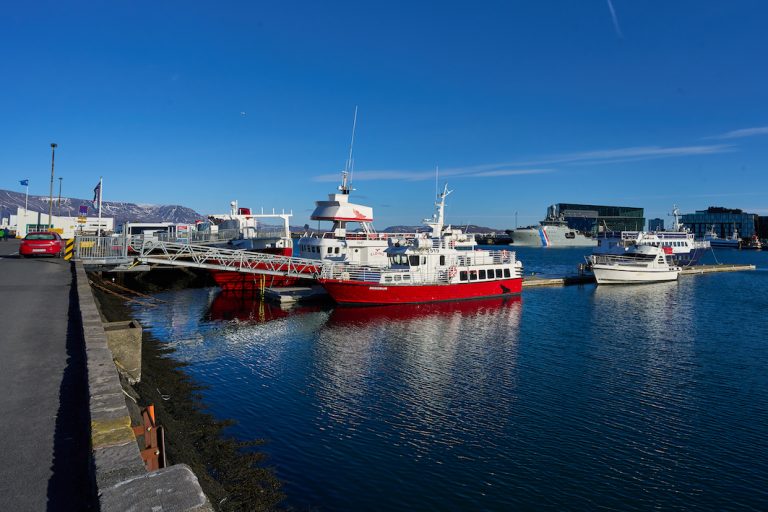Before the time of airplanes, or submarine communications cables, ships were Iceland’s only contact with the rest of the world. Before the construction of Reykjavík Harbour, whose construction began in 1913, 110 years ago, all goods were transported from merchant ships to land by rowboats, and then on by handcarts. Reykjavík already had a natural port, but not a good one. There were considerable currents and no shelter from the weather. Larger ships could not dock, and had to lie far from shore, in Kollafjörður. The first phase of the port was completed in 1917, sixty-two years after it was first discussed that the capital needed a proper port. One of the first ideas was to dig a canal from Víkin to Reykjavíkurtjörn, where there would be docks. The Port of Reykjavík, which is part of Faxaflói ports, is today by far the largest port in the country, and the sixth largest fishing port. Most cruise ships also come there, on their way through the North Atlantic and to Iceland. Icelandic Times / Land & Saga went down to the city center, on a sunny but cold March day. It is unique to have such a large and vibrant harbour in the middle of the city center.

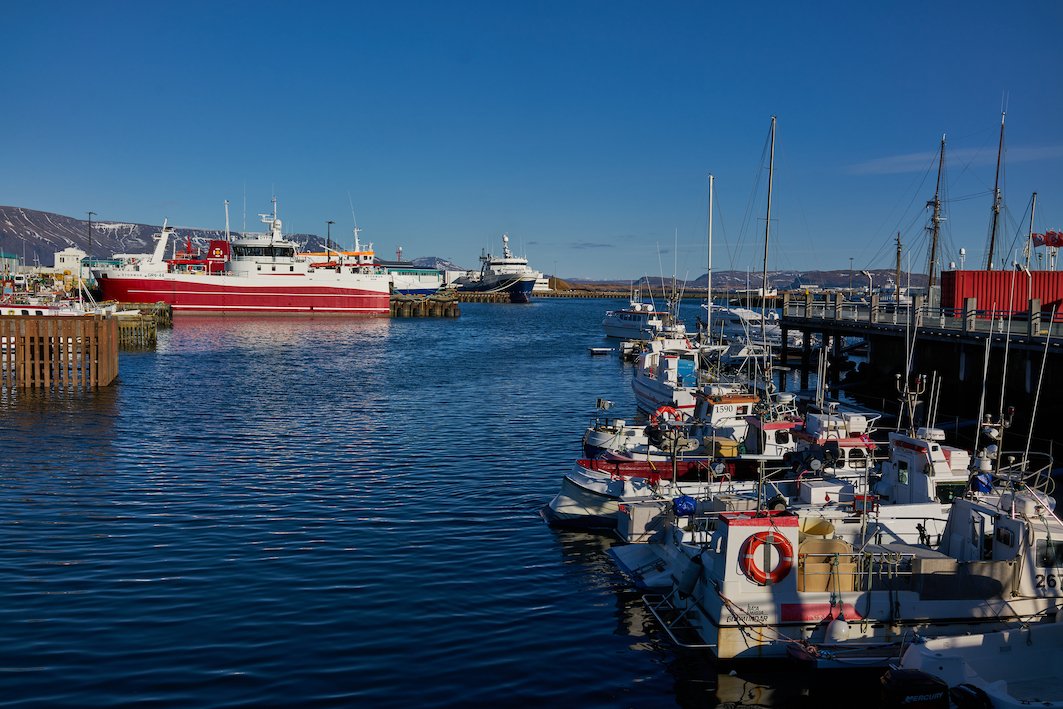
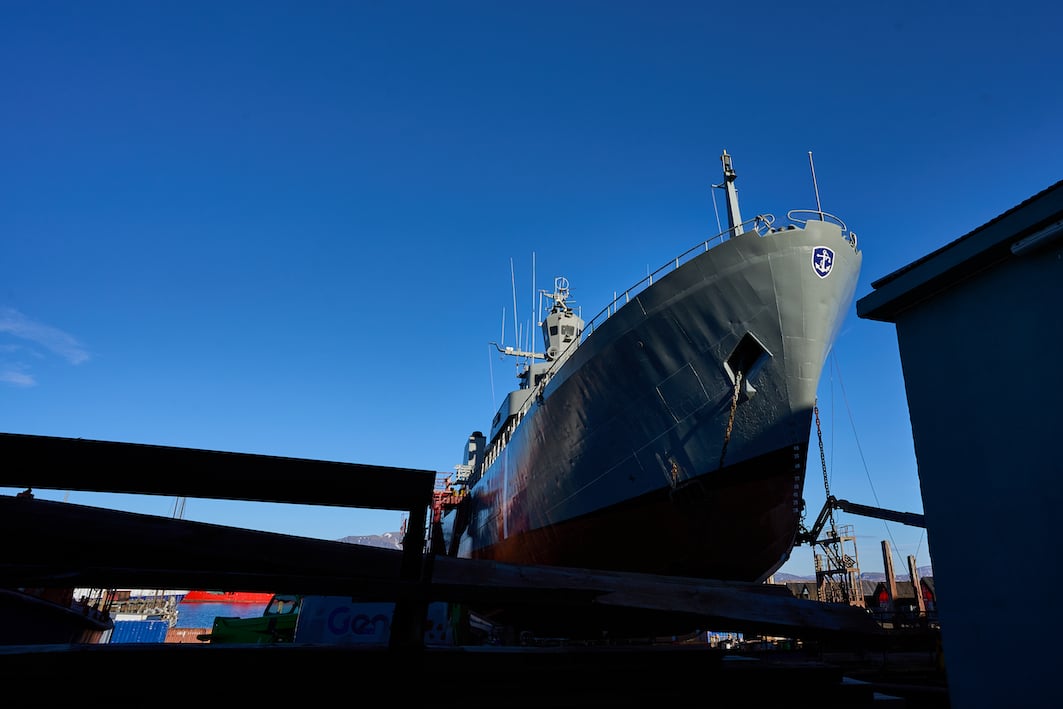
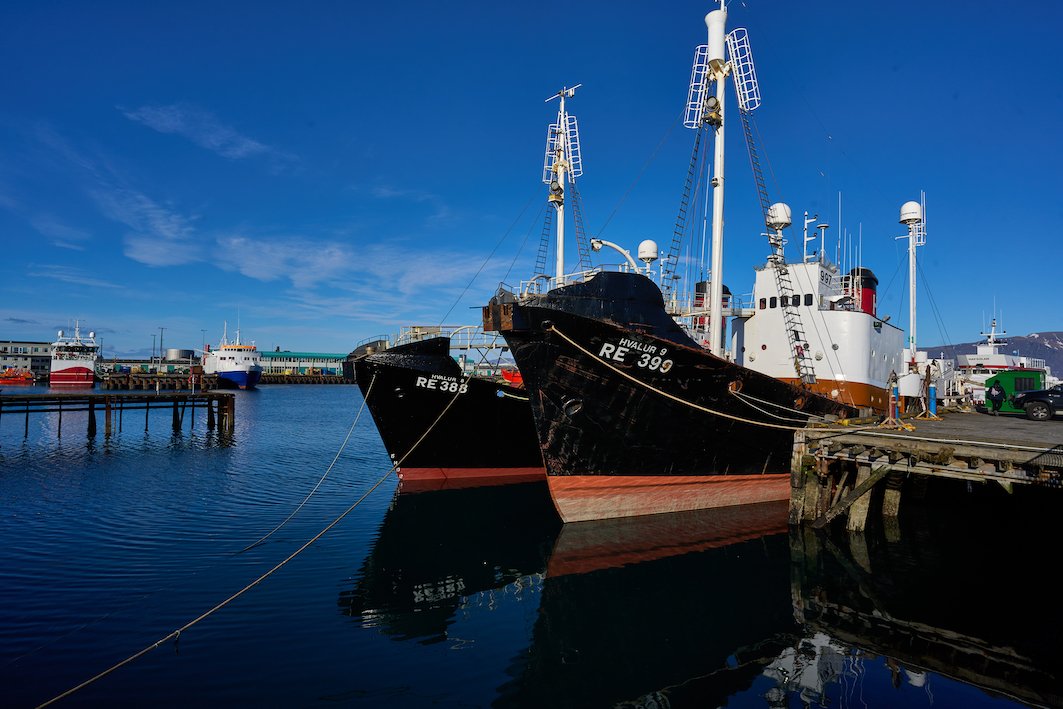
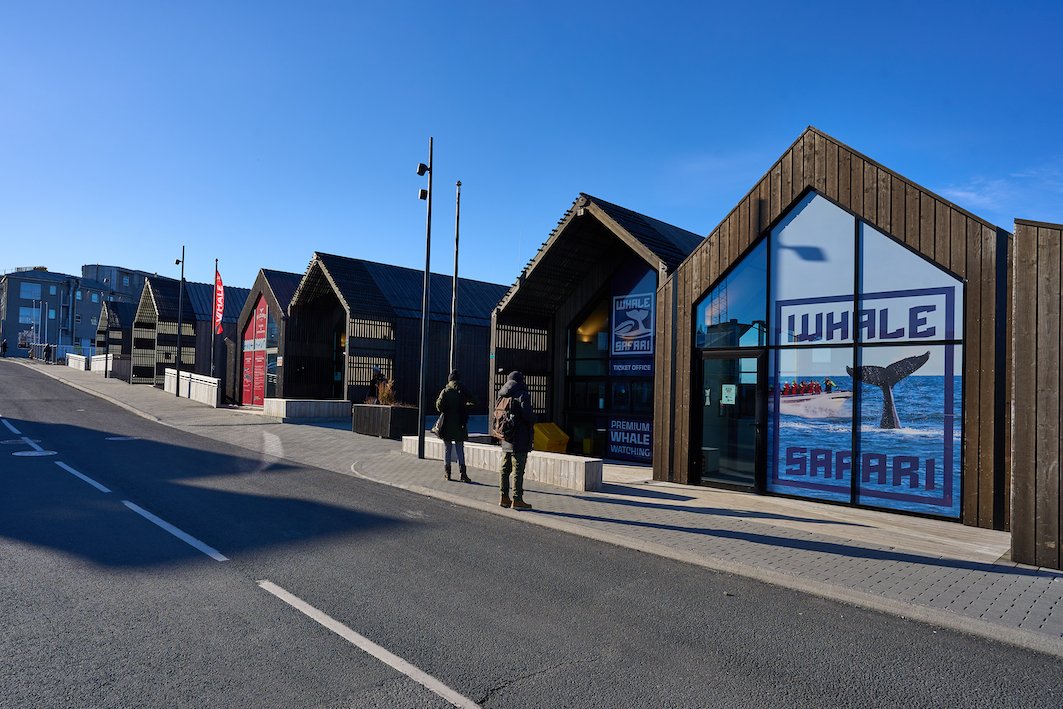
Photographs & text: Páll Stefánsson
06/03/2023 : A7C, RX1R II : FE 1.8/20mm G, 2.0/35mm Z



